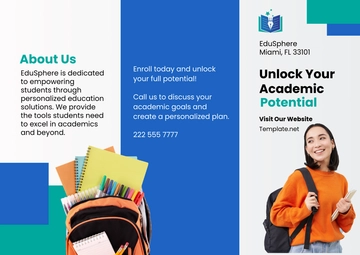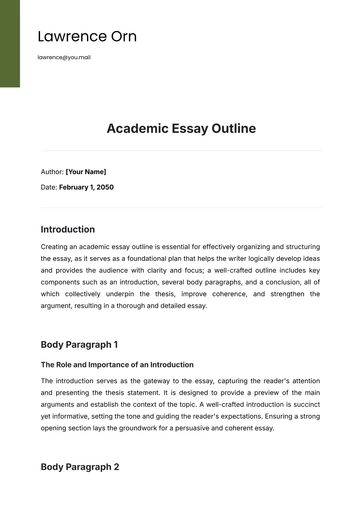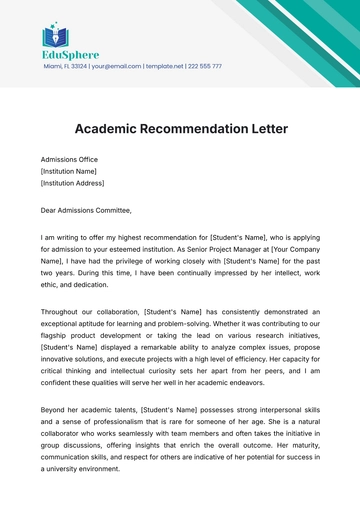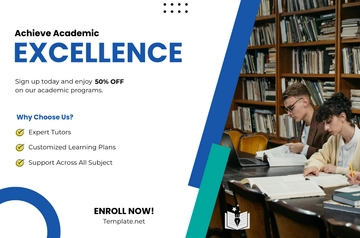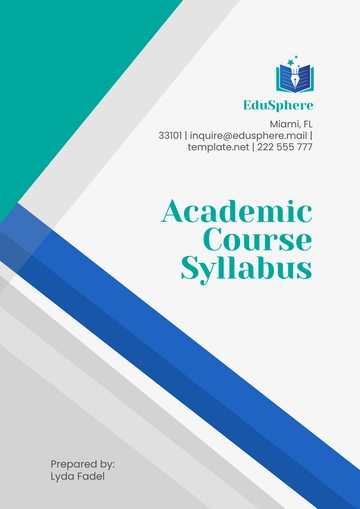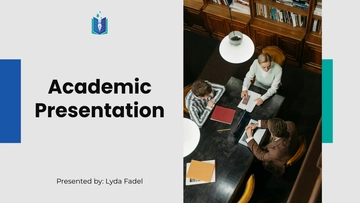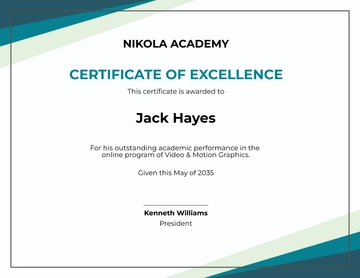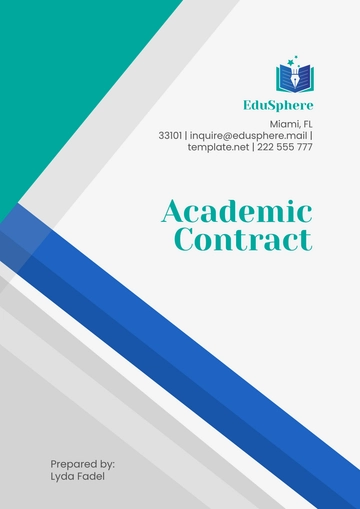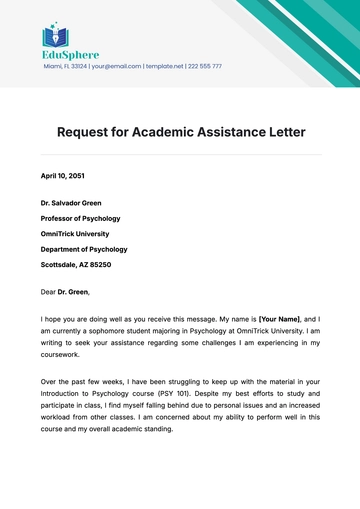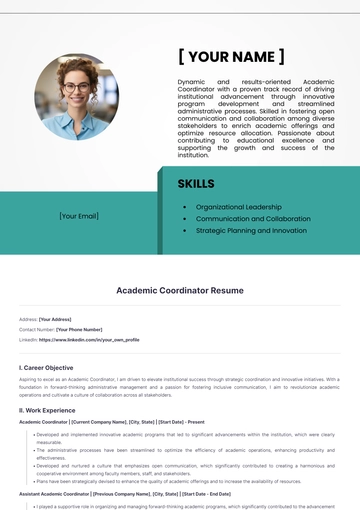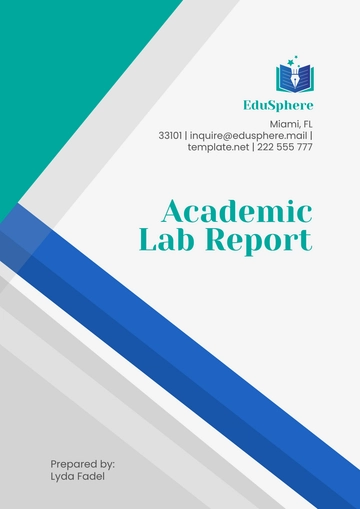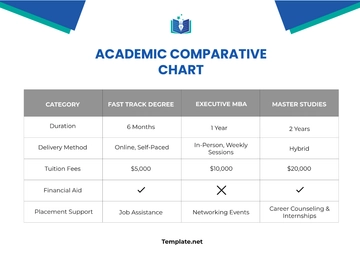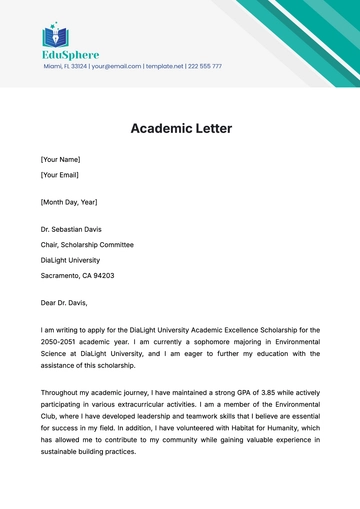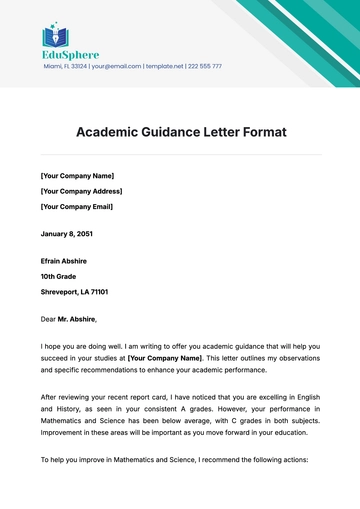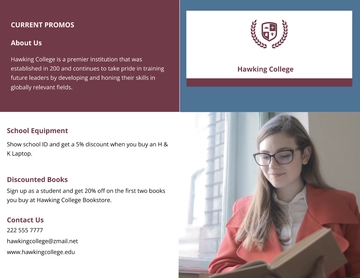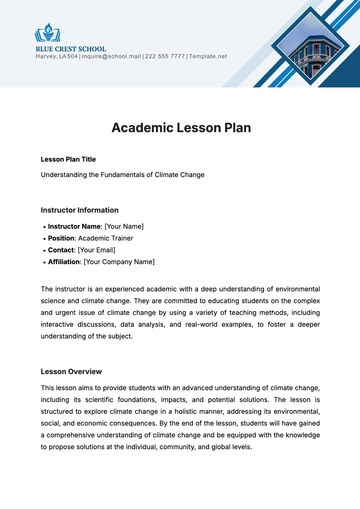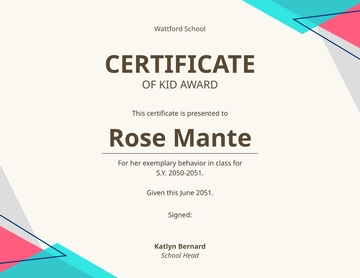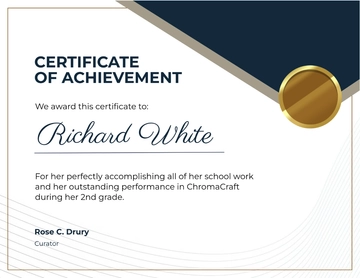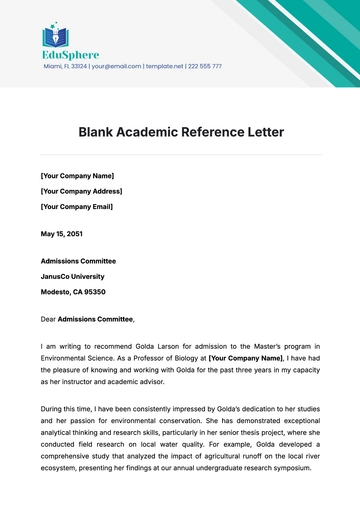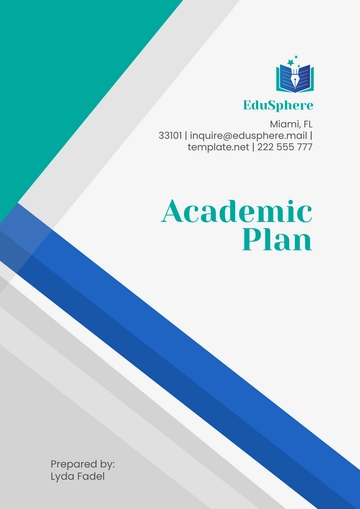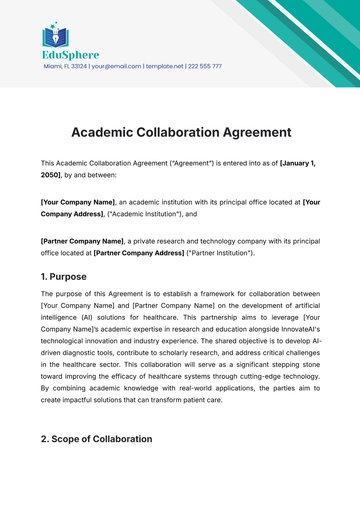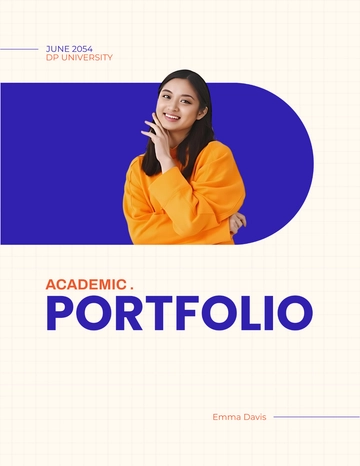Free Academic Journal Article
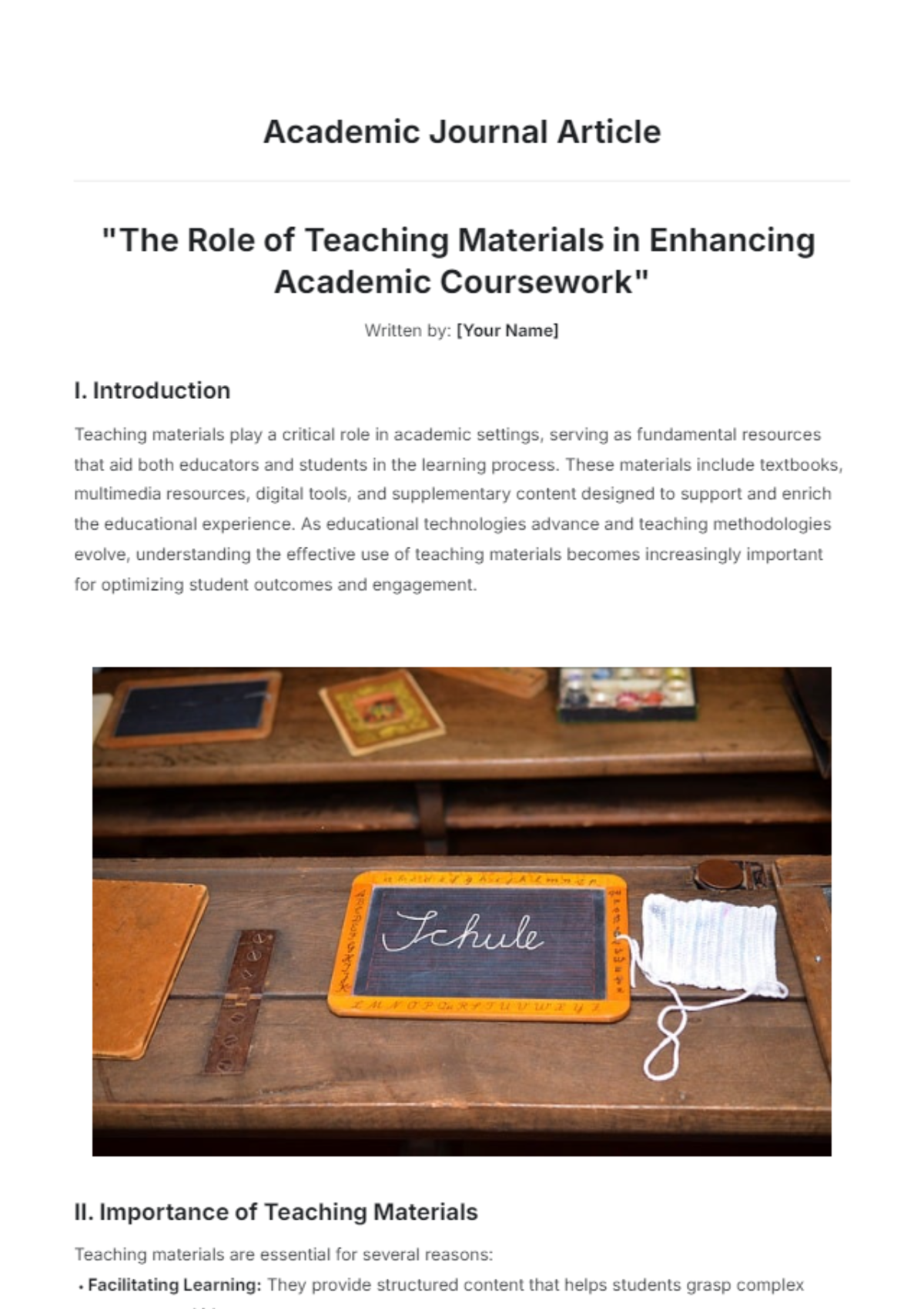
"The Role of Teaching Materials in Enhancing Academic Coursework"
Written by: [Your Name]
I. Introduction
Teaching materials play a critical role in academic settings, serving as fundamental resources that aid both educators and students in the learning process. These materials include textbooks, multimedia resources, digital tools, and supplementary content designed to support and enrich the educational experience. As educational technologies advance and teaching methodologies evolve, understanding the effective use of teaching materials becomes increasingly important for optimizing student outcomes and engagement.

II. Importance of Teaching Materials
Teaching materials are essential for several reasons:
Facilitating Learning: They provide structured content that helps students grasp complex concepts and ideas.
Supporting Diverse Learning Styles: By incorporating various types of materials, educators can address the different learning preferences of students.
Enhancing Engagement: Interactive and visually appealing materials can increase student motivation and participation.
Streamlining Instruction: Well-organized materials help teachers deliver lessons efficiently and maintain a clear focus on educational objectives.
III. Types of Teaching Materials

A. Traditional Resources
Textbooks: Comprehensive guides that cover a range of topics within a subject area.
Workbooks: Provide practice exercises and activities to reinforce learning.
Printed Handouts: Supplementary materials such as summaries, diagrams, and charts.
B. Digital Resources
Educational Software: Interactive programs that offer simulations and problem-solving exercises.
Online Databases: Access to academic journals, articles, and research papers.
E-Books: Digital versions of textbooks and reference materials.

C. Multimedia Tools
Videos and Documentaries: Visual content that can illustrate complex processes and real-world applications.
Podcasts: Audio resources that offer expert insights and discussions on various topics.
Interactive Whiteboards: Tools that facilitate dynamic presentations and collaborative activities.
IV. Best Practices for Using Teaching Materials
A. Alignment with Learning Objectives
Ensure Relevance: Select materials that align with the curriculum and learning goals.
Update Regularly: Incorporate recent and accurate information to keep content current.
B. Engagement Strategies
Interactive Elements: Use materials that involve student interaction, such as quizzes and simulations.
Variety of Formats: Combine different types of resources to cater to various learning styles and preferences.
C. Accessibility and Inclusivity
Adapt Materials: Modify content to accommodate students with diverse needs, including those with disabilities.
Provide Multiple Access Points: Ensure that materials are available in different formats to support various learning environments.
V. Case Study: Implementation of Digital Resources in a Modern Classroom
In 2050, a study conducted at [Institution Name] explored the impact of integrating digital resources into classroom instruction. The research highlighted several key findings:
Increased Student Engagement: Digital tools led to a 30% increase in student participation.
Enhanced Learning Outcomes: Students demonstrated a 25% improvement in test scores compared to those using traditional materials.
Positive Feedback: 85% of students and 75% of educators reported a more engaging and effective learning experience.
Table 1: Comparative Analysis of Teaching Materials
Material Type | Student Engagement | Learning Outcomes | Feedback Satisfaction |
|---|---|---|---|
Traditional Resources | Moderate | Average | 65% |
Digital Resources | High | Improved | 80% |
Multimedia Tools | Very High | Excellent | 90% |
VI. Conclusion
Teaching materials are integral to the academic success of students and the effectiveness of educators. By strategically selecting and utilizing a range of resources, educators can enhance the learning experience, cater to diverse needs, and achieve better educational outcomes. As educational tools continue to evolve, ongoing research and adaptation will be essential for maximizing the benefits of teaching materials in the classroom.
- 100% Customizable, free editor
- Access 1 Million+ Templates, photo’s & graphics
- Download or share as a template
- Click and replace photos, graphics, text, backgrounds
- Resize, crop, AI write & more
- Access advanced editor
Academic Journal Article Template offered by Template.net. This fully customizable, downloadable, and printable template is designed to meet the rigorous standards of scholarly publications. Easily editable in our AI Editor Tool, it ensures your research is presented professionally and accurately. Perfect for scholars and researchers seeking a streamlined approach to article creation.
